The Open Systems Interconnection (OSI) model is a conceptual framework that standardizes the functions of a telecommunication or computing system into seven abstraction layers. This layered approach facilitates a systematic understanding of network communication processes. In this article, we'll explore each layer of the OSI model and illustrate its functions with an example of sending an email.
1. Physical Layer (Layer 1):
The Physical Layer is the foundation of the OSI model, dealing with the physical connection between devices. This includes the hardware characteristics, such as cables, connectors, and transmission mediums. In our email example, this layer represents the actual transmission of electronic signals or light pulses over the physical medium, be it an Ethernet cable, Wi-Fi, or other communication channels.
2. Data Link Layer (Layer 2):
The Data Link Layer is responsible for creating a reliable link between two directly connected nodes. It handles framing, addressing, and error detection. In our example, this layer encapsulates the email packet into frames and adds a Media Access Control (MAC) address for communication between devices on the same network.
3. Network Layer (Layer 3):
The Network Layer manages logical addressing and routing of data packets between different networks. This layer is crucial for determining the best path for the email packet to reach its destination. In our scenario, the Network Layer ensures the email packet is routed across the Internet to the recipient's email server.
4. Transport Layer (Layer 4):
The Transport Layer ensures end-to-end communication and manages data flow control, error correction, and retransmission. In the email example, this layer uses a transport protocol (e.g., SMTP) to break the email into smaller packets and guarantees reliable delivery.
5. Session Layer (Layer 5):
The Session Layer is responsible for establishing, maintaining, and terminating communication sessions between applications. In our scenario, this layer manages the session between the email client and the email server, handling tasks like session setup and termination.
6. Presentation Layer (Layer 6):
The Presentation Layer deals with data representation, encryption, and compression. It translates data between the application layer and the lower layers, ensuring compatibility between different systems. In the email example, this layer formats the text and attachments in a way that both the sender and receiver can understand.
7. Application Layer (Layer 7):
The topmost layer, the Application Layer, interacts directly with end-user applications. It provides network services directly to end-users and application processes. In our example, you compose and send an email using your email client, which operates at the Application Layer.
In conclusion, the OSI model provides a structured framework for understanding the complexities of network communication. Each layer plays a specific role in ensuring the successful transmission of data. Whether you're sending an email, browsing the web, or engaging in any online activity, the OSI model underlies the seamless functioning of modern computer networks.



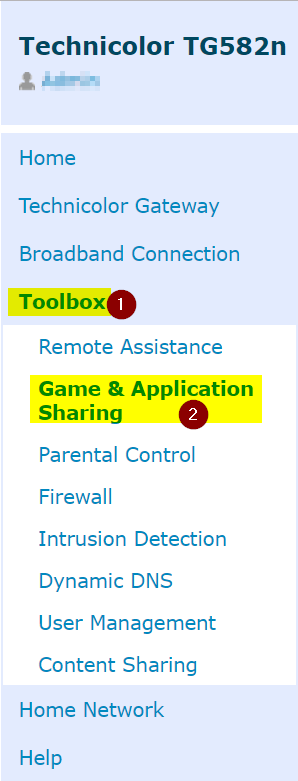

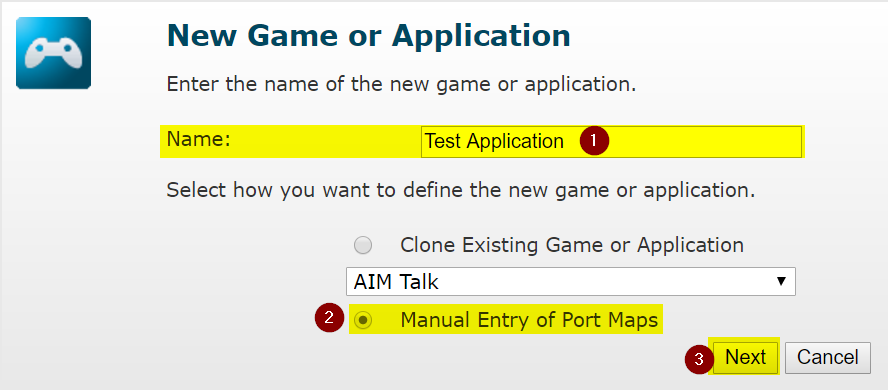
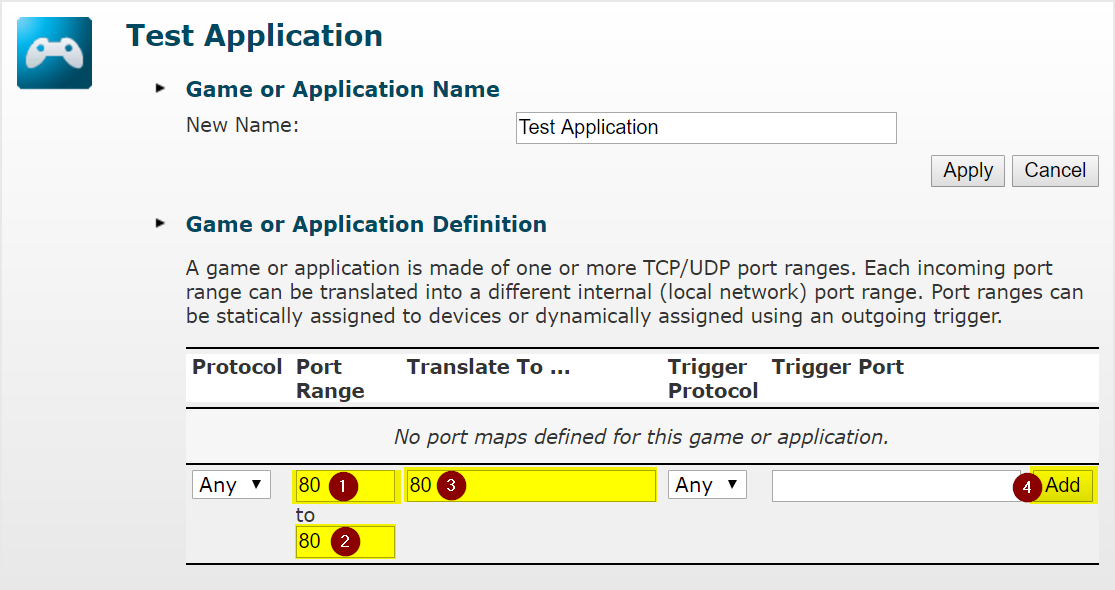
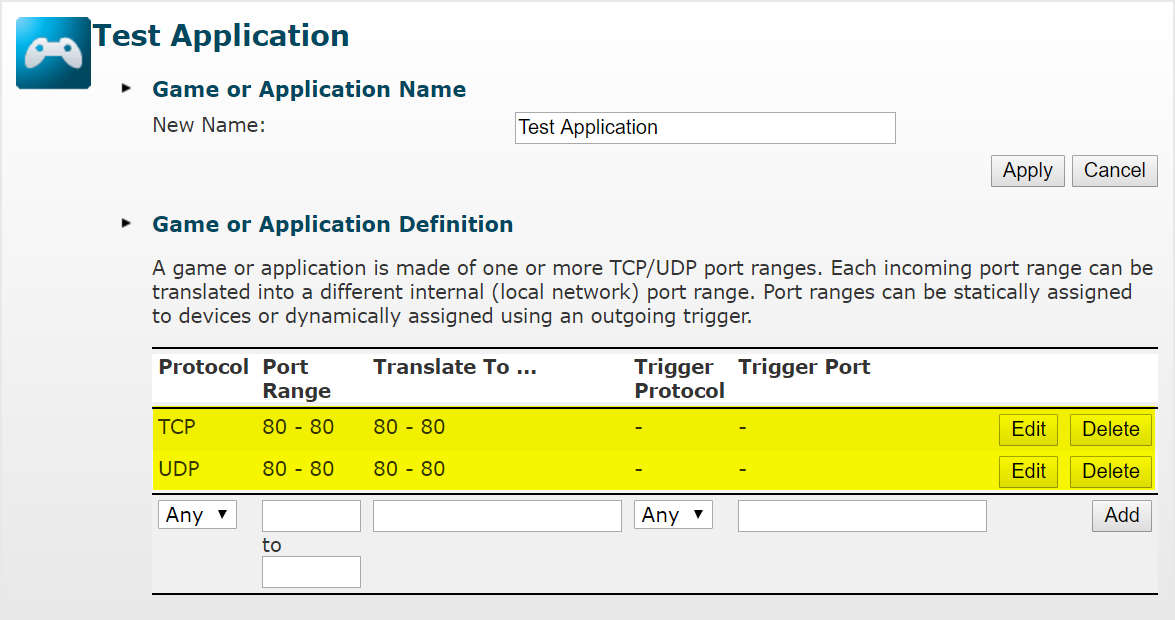

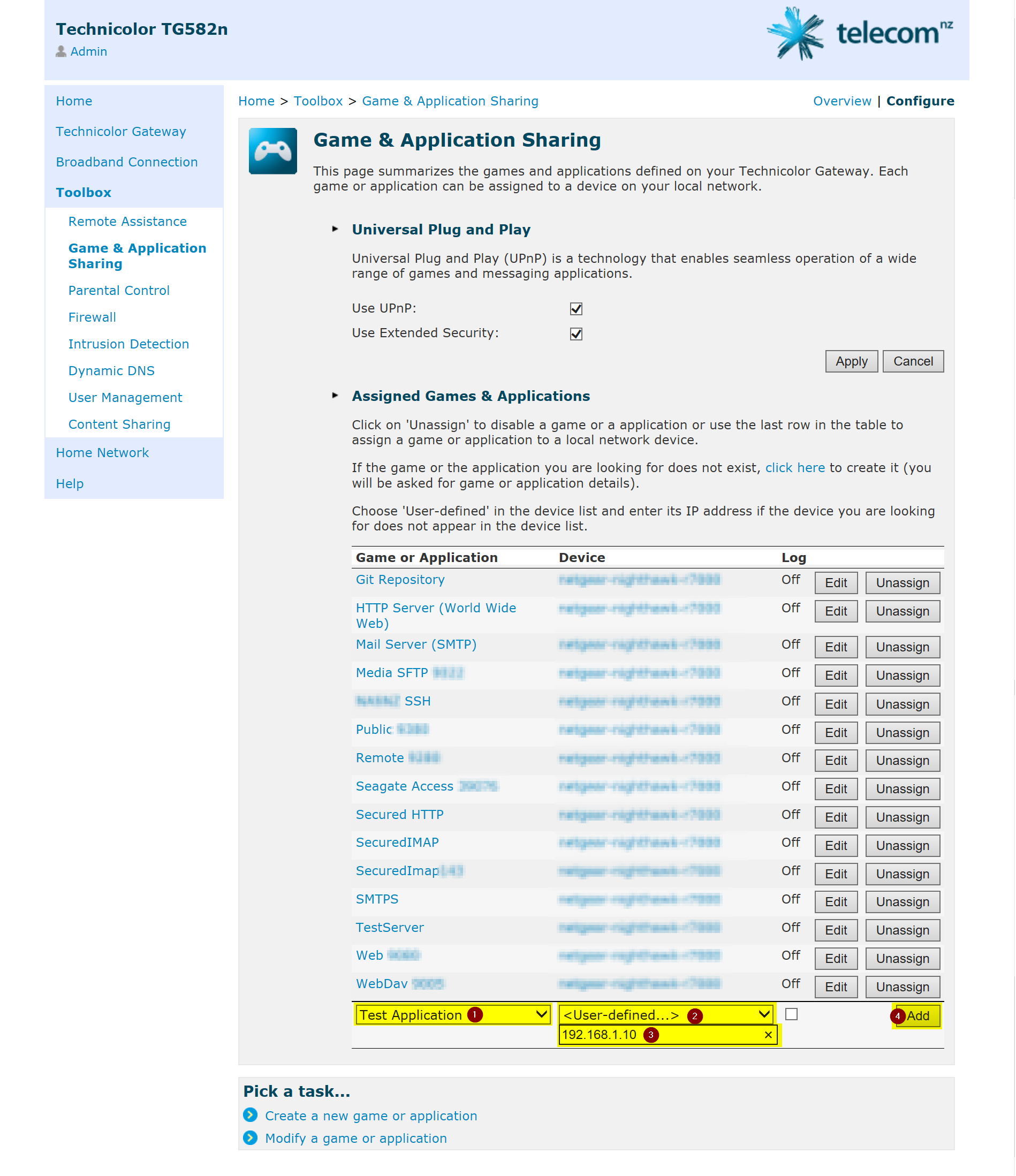
Recent Comments